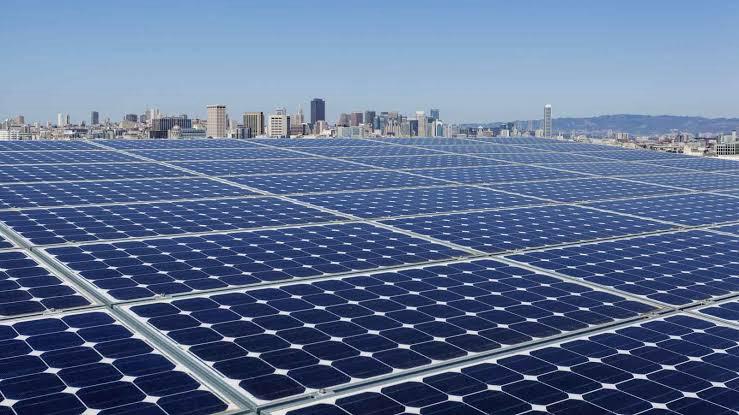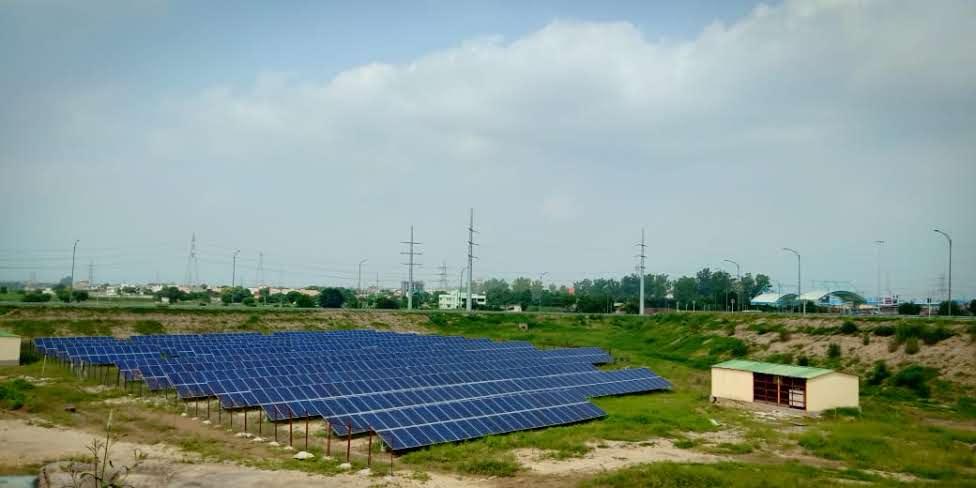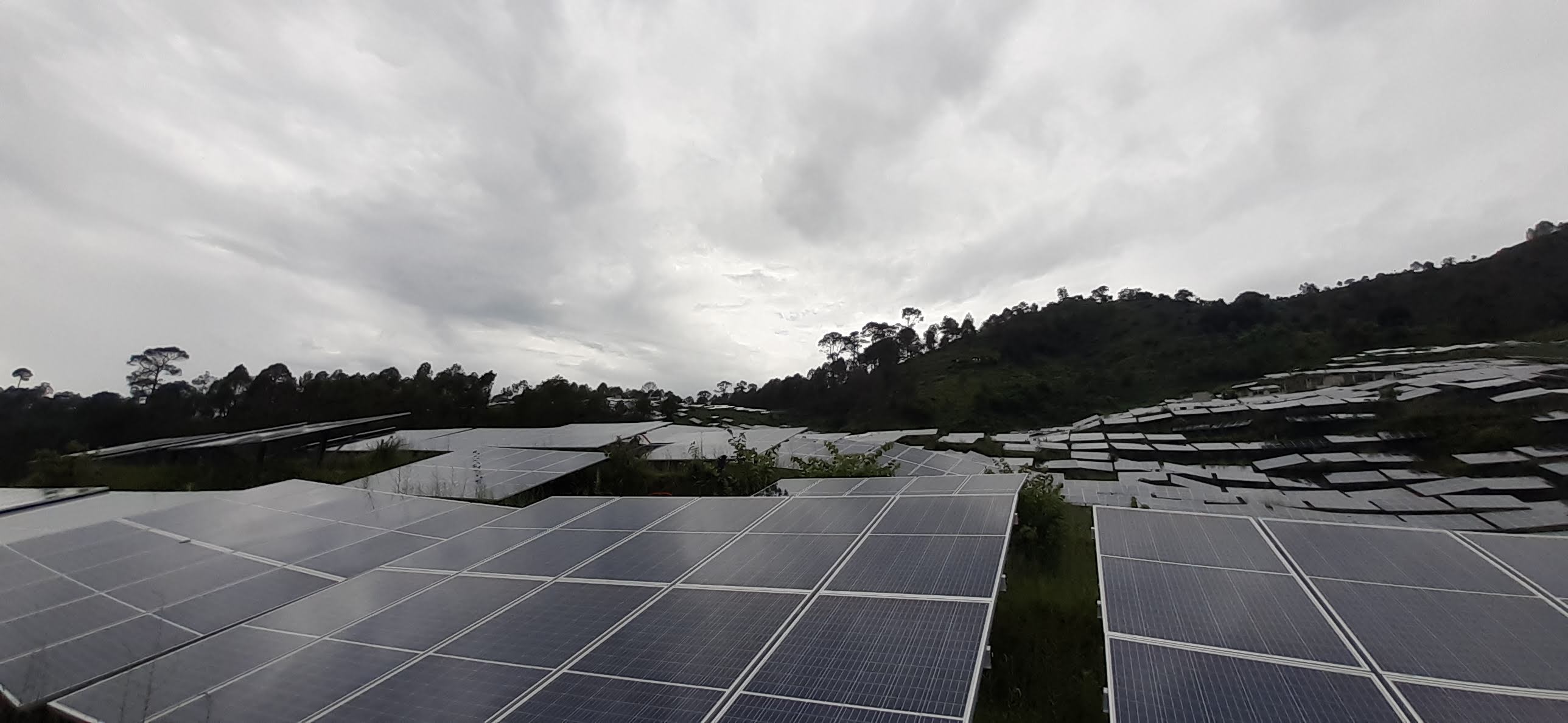As solar panels become a popular choice for homes, businesses, and farms across India, one term you’ll often hear is “solar panel efficiency.” But what does it really mean? And how important is it when choosing a solar system?
Let’s break it down in simple terms so that anyone — whether you're from a metro city or a small town — can understand what solar efficiency is all about.
What is Solar Panel Efficiency?
In simple words, solar panel efficiency tells us how well a solar panel converts sunlight into electricity.
Let’s say the sun is shining bright and the panel receives 100 units of sunlight. If your solar panel produces 20 units of electricity from that, then its efficiency is 20%.
Higher efficiency means more electricity from less space, which is especially useful if you have a small rooftop or limited area.
What Affects Efficiency?
Several factors impact how efficient a solar panel is:
Panel Type:
- Monocrystalline panels are the most efficient (usually 18–22%) and look sleek with a black finish.
- Polycrystalline panels are slightly less efficient (15–17%) but more affordable, with a bluish appearance.
Temperature:
Solar panels perform better in cooler temperatures. In hot Indian summers, efficiency can drop slightly. Panels with a good temperature coefficient are better suited for our climate.
Shading and Dirt:
Even a little shade from a tree or building, or dust buildup, can reduce the panel’s output. That’s why regular cleaning and correct placement matter.
Angle and Direction:
In India, solar panels work best when facing south and tilted according to your location’s latitude. A professional installer can help set this up perfectly.
Is Higher Efficiency Always Better?
Not always. While high-efficiency panels produce more power in less space, they are also more expensive. If you have enough roof area, you can go with slightly less efficient but more cost-effective panels.
So, the right choice depends on your budget, roof size, and electricity needs.
Efficiency Trends in 2025
Thanks to innovation and demand, efficiency levels are going up every year. In 2025, many premium solar panels offer efficiencies over 22%, with some brands using new technologies like PERC (Passivated Emitter Rear Cell) and half-cut cells to boost performance even in partial shade or low light.
How Can You Check Efficiency?
When buying solar panels, check the spec sheet or label on the back. Look for:
- Efficiency percentage (usually between 15–22%)
- Wattage (how much power it produces)
- Warranty details (performance warranties usually guarantee 80–90% output even after 25 years)



